Hume Cronyn, Compelling Actor Of Stage and Screen, Dies at 91
By MARILYN BERGER JUNE 17, 2003
Hume Cronyn, one of the foremost character actors of the American stage and screen for more than 60 years, died on Sunday at his home in Fairfield, Conn. He was 91.
Mr. Cronyn, a compact, restless man who was once an amateur boxer and remained a featherweight 127 pounds all his life, was at home in everything from Shakespeare and Chekhov to Edward Albee and Beckett. Among his notable Broadway successes were ''A Delicate Balance,'' ''The Gin Game'' and ''Noël Coward in Two Keys.'' He was nominated for an Oscar for the 1944 film ''Seventh Cross'' with Spencer Tracy. More than 40 years later, when he was in his 70's, he won fresh recognition on film as Joe Finley, one of a group of elderly people who seek eternal youth in the popular movies ''Cocoon'' and ''Cocoon: The Return.''
His stage performances received five Tony nominations, and he won in 1964 as Polonius in Richard Burton's ''Hamlet.'' In 1994 he and his wife and frequent acting partner, Jessica Tandy, received the first Tony for lifetime achievement. Miss Tandy died later that year.
Reviewing ''Triple Play,'' in 1959, Brooks Atkinson, the drama critic for The New York Times, wrote, ''Give Mr. Cronyn a wig, mustache and glasses, and he is about the best character actor in the business.''
Mr. Cronyn said he followed one rule as an actor: ''If you're doing the devil, look for the angel in him. If you're doing the angel, look for the devil in him.'' He said he saw few parallels between his own life and the lives he depicted onstage. He said, ''My idea of a lovely part is a part I can hide behind.''
He did some of his best ''hiding'' with Jessica Tandy, to whom he was married for 52 years. Their first Broadway production together, ''The Fourposter,'' in 1951, helped make them the best-known acting duo since Alfred Lunt and Lynn Fontanne, though there were marked differences. Where the Lunts were legends on Broadway and in regional theaters for sophisticated drawing-room comedy, the Cronyns were known for the classics -- as well as well as the experimental, including the avant-garde plays of Samuel Beckett.
Mr. Cronyn said he was always flattered by the comparison with the Lunts and had ''extravagant admiration'' for them. ''But,'' he said, ''the Lunts were fashionable people who played brilliantly in high comedy. We are totally different personalities. We are bread and cheese to their mille-feuilles.''
'Alfred Made a Mistake' Mr. Cronyn remembered reading for the Lunts in 1938.
''I'll never forget how much I wanted to be a member of their company,'' he said. ''I auditioned for 'The Sea Gull.' When they cast someone else I went right to Grand Central Station, took the train to Boston and on eight hours' notice went into a ridiculous play called 'There's Always a Breeze.' It was a total failure.''
Forty years later, when the Cronyns took the Pulitzer Prize-winning play ''The Gin Game'' to theaters across the country, Lynn Fontanne, then 90 years old, went backstage in Milwaukee to congratulate them on their performance. When Mr. Cronyn reminded Miss Fontanne of his failed tryout she said, ''You know, Mr. Cronyn, Alfred made a mistake.''
The Cronyn family thought it was Hume who made the mistake when he left a life of privilege in Canada for the uncertainties of the theater, where he said he ''grabbed'' at work -- ''in church basements, the Y.M.C.A., wherever'' -- and did lots of flops: ''Failure is the norm; it's success that is the exception.'' He emerged from this self-inflicted hazing process as one of the pre-eminent character actors of his time with a flair for writing and directing. Mr. Cronyn's mother was a descendant of the wealthy Labatt brewery family; his father, also named Hume, was a financier and a member of Canada's House of Commons, who expected his youngest son to be a lawyer. The younger Hume, born on July 18, 1911, in London, Ontario, was sent to private schools where he said he was miserable. ''I was the smallest boy and subject to chronic bullying,'' he said. ''That's why I learned to box.'' In 1932 he chose to leave McGill University in Montreal after his sophomore year to attend the American Academy of Dramatic Arts in Manhattan despite the fact that during that same year he was nominated for the Canadian Olympic boxing team. His laurels came, however, not in the ring but on the stage.
A Stage Couple
'Cut Your Teeth on Farce'
Early in his career Mr. Cronyn had the good fortune to cross paths with George Abbott. ''Oh, I owe so much to that man,'' he said. ''If you're not lucky enough to cut your teeth on Shakespeare you should cut your teeth on farce.'' He landed a role in the touring production of Abbott's ''Three Men on a Horse'' (1935-1936) and later succeeded Garson Kanin in Bella and Sam Spewack's play ''Boy Meets Girl'' (1936), staged by Abbott. There were roles in 24 more productions on Broadway and on the road before he was summoned to Hollywood by Alfred Hitchcock to make his movie debut in ''Shadow of a Doubt.''
As soon as he finished the Hitchcock movie Mr. Cronyn and Miss Tandy were married. After Miss Tandy's death, Mr. Cronyn was wed again, in 1996, to Susan Cooper, an award-winning children's book writer and Mr. Cronyn's longtime play-writing collaborator. She survives him, as do three children from his marriage to Miss Tandy: Christopher, of Missoula, Mont. and two daughters, Tandy, of New York, and Susan Tettemer, of Los Angeles, eight grandchildren and five great-grandchildren. Also surviving are two stepchildren, Jonathan Grant and Kate Glennon, both of Scituate, Mass. Mr. Cronyn's first marriage, to Emily Woodruff, ended in divorce.
In the mid-1940's, after making ''The Seventh Cross,'' Mr. Cronyn said he continued under contract to MGM but for 13 months found no parts acceptable. ''I was in Hollywood under the star system, but because I wasn't a star it didn't matter.'' he said. ''I wasn't important enough to be fired. My salary wasn't big enough.''
During those 13 months he wrote -- and sold -- a screenplay that was never produced. In 1946, while still in Hollywood, he directed Miss Tandy in ''Portrait of a Madonna,'' a one-act play by Tennessee Williams. Her luminous performance in a small theater in Los Angeles won for her the part of Blanche DuBois on Broadway in ''A Streetcar Named Desire,'' the role that established her as one of the greats of the American theater.
In all, Mr. Cronyn acted in more than 40 feature films including ''The Ziegfeld Follies'' (1946), opposite Fanny Brice; ''The Beginning of the End'' (1947), in which he played the role of J. Robert Oppenheimer; ''People Will Talk'' (1951), with Cary Grant; and ''Sunrise at Campobello'' (1960), in the role of Louis Howe.
In 1969 during the filming of ''There Was a Crooked Man,'' Mr. Cronyn was diagnosed as having cancer of the eye. His left eye was removed, and almost without giving it a thought, he turned immediately to his next role on the stage, as Hadrian VII.
Films Pay the Rent
In five films in the 1980's -- ''Honky Tonk Freeway'' (1981), ''Cocoon'' (1985), ''Batteries Not Included'' (1987) and ''Cocoon: The Return,'' (1988) -- he played opposite Miss Tandy.
He said he found film easier than the stage, but less satisfying. Nevertheless, he said it was necessary to accept lucrative film parts if he and Miss Tandy were to do plays off Broadway at wages that barely paid for the car rental to get them to the theater, no less the food and the rent. The Cronyns also did numerous television programs, including a series that ran on NBC during the 1950's called ''The Marriage.'' Mr. Cronyn was almost in his 80's when he won an Emmy for his role in ''Age-Old Friends'' on Home Box Office in 1989.
Although Mr. Cronyn lived in New York, the regional theater attracted him because it was there that he could play the classics. Although in 1964 he did Polonius on Broadway in a production of ''Hamlet'' that broke records for the play in New York, his Richard III, Hamlet, Bottom and Shylock were performed out of town. The Cronyns were among the first to offer their services to Tyrone Guthrie when he formed his repertory theater in Minneapolis. During its first season in 1963 Mr. Cronyn appeared in ''The Miser'' and, with Miss Tandy, in ''The Three Sisters'' and ''Death of a Salesman.''
With ''The Petition'' in 1986, the Cronyns swore off ''two-handers'' -- plays in which they alone performed. Such two-character plays worsened the normal problems of acting in tandem.
'What Is Technique?' He said that all his life he was dogged by the remark that he was a ''technical'' actor.
''What is technique?'' he asked. ''The actor's technique is that personal and very private means by which you get the best out of yourself. Every actor does it differently. There's never been an artist alive who didn't have to deal with form and content. Those who deal only with content are the ones who act with their guts, but who's interested in their guts? We're interested in Hamlet's guts, or Richard III's guts, and you have to be heard in the back row. Of course you must have content, but you've got to have form. The thing is to marry the two so the form isn't noticed. Form without content, forget it.''
In his later years he found great pleasure in co-writing with Ms. Cooper ''Foxfire'' and ''The Dollmaker.'' He published a memoir in 1991 that he called ''A Terrible Liar'' (William Morrow). The reference in the title was not to himself but to the fact that one's memory can play tricks, that memory itself can be a terrible liar.
I
ADVERTISEMENT
BY
Looking for more information?
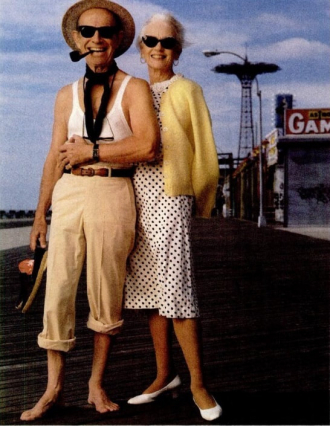
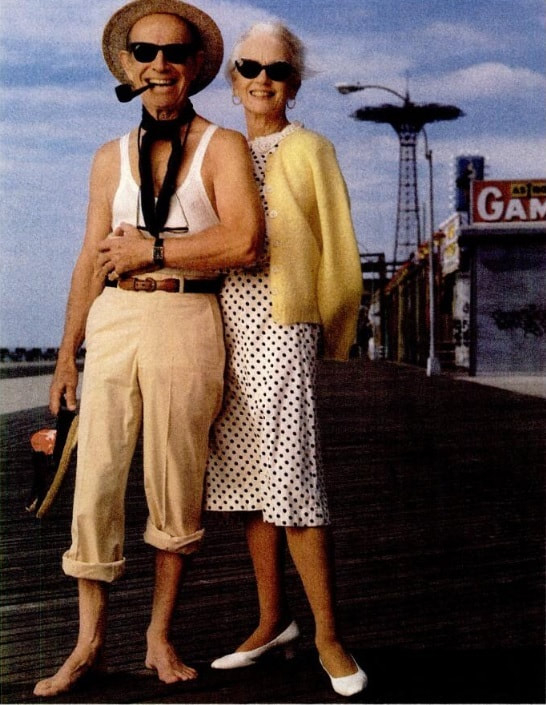
 Amanda S. Stevenson
Amanda S. Stevenson 
 Kathy Pinna
Kathy Pinna 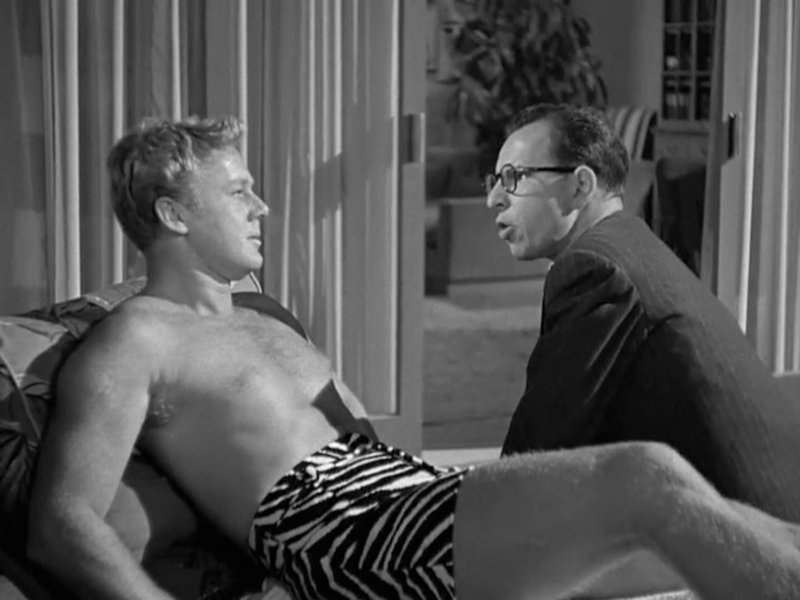
 Amanda S. Stevenson
Amanda S. Stevenson 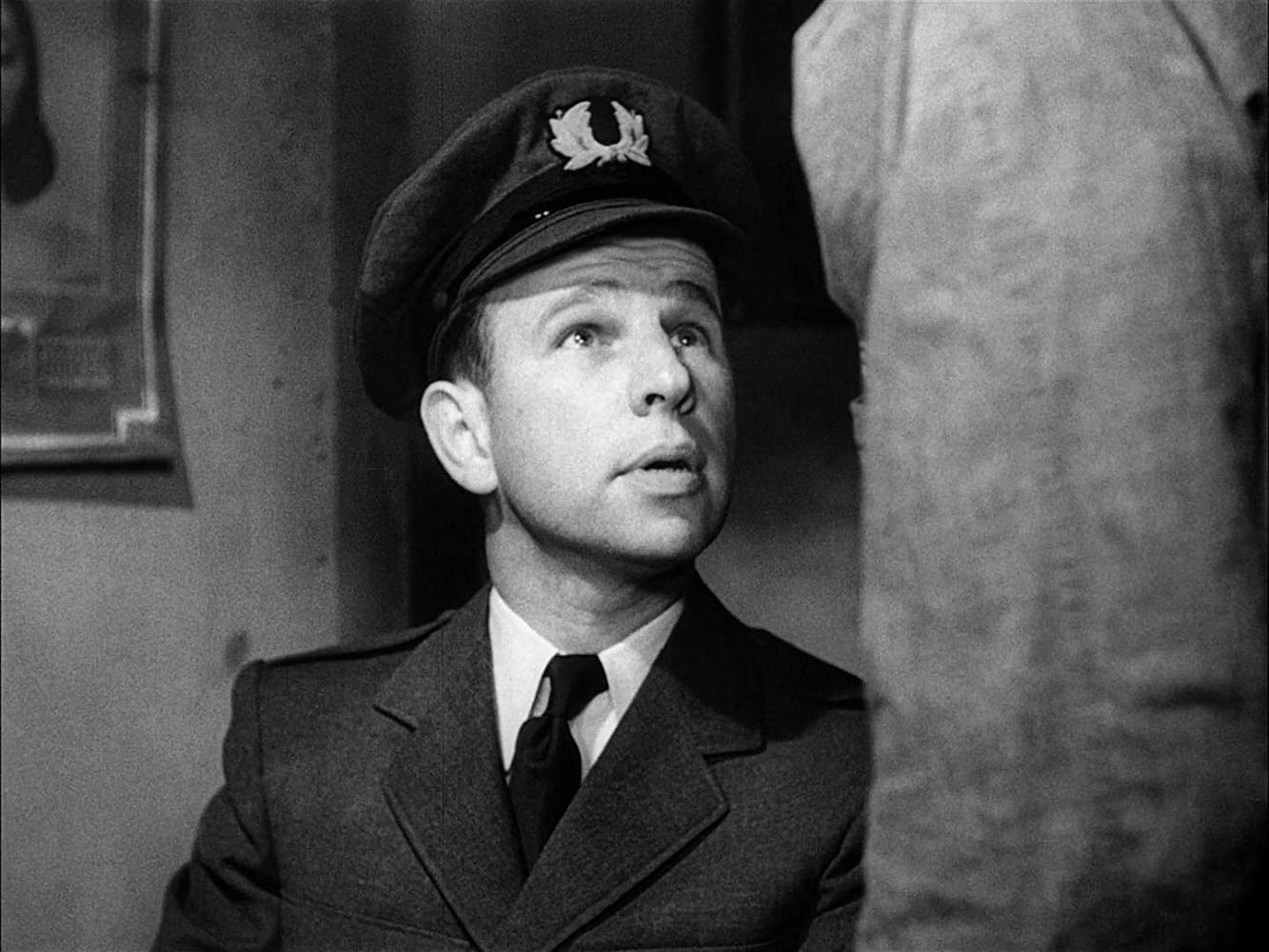
 Amanda S. Stevenson
Amanda S. Stevenson 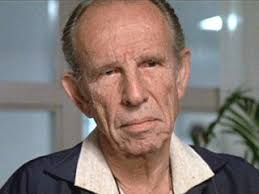
 Amanda S. Stevenson
Amanda S. Stevenson 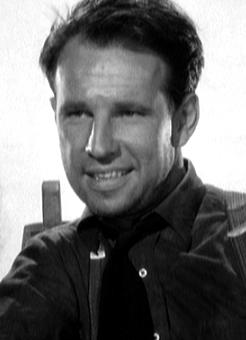
 Amanda S. Stevenson
Amanda S. Stevenson 
